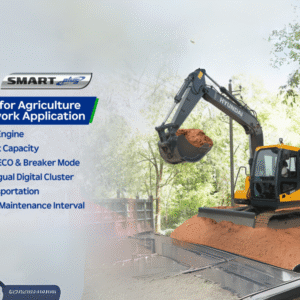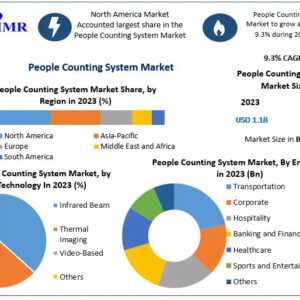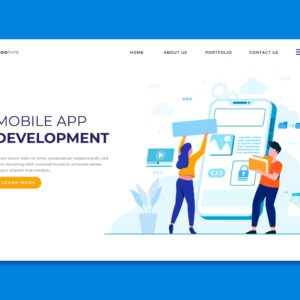Introduction
Urban living in Pakistan is more fast-paced than ever. Between endless traffic jams, extended work hours, and ever-growing social responsibilities, there’s often little time left for cooking or even dining out. With limited hours in the day and high expectations for productivity, many Pakistanis are turning to quick, reliable solutions for everyday needs—especially when it comes to food.
The best food delivery services now offer far more than just convenience. These platforms provide access to a rich variety of meals, from gourmet continental dishes to your favorite street food karahi—all from the comfort of your home or office. What started as an occasional fix has now become a routine for many. For some, ordering food online has become as habitual as checking their email in the morning.
Digital Dining Is Here to Stay
Over the past five years, food delivery has evolved rapidly. Pakistan’s younger population, growing smartphone penetration, and increased internet accessibility have paved the way for an app-first culture. Food delivery apps are at the center of this shift, giving users more control over what, when, and how they eat.
Most apps now offer tailored recommendations based on user behavior, filters for dietary preferences, cashback deals, and integrated payment options. Whether you’re vegan, gluten-free, or simply craving biryani at midnight, you’re just a few clicks away. These features have helped delivery apps evolve from novelty services to everyday essentials.
The convenience factor, especially during extreme weather or late-night cravings, has turned digital dining into the new normal. No longer are people waiting in lines or calling to place an order—they’re scrolling, selecting, and waiting for their meal to arrive within minutes.
How Restaurants Are Adapting to the Shift
Restaurants have felt the impact of this transition just as strongly as consumers. Those that once relied heavily on foot traffic and dine-in service have found new life—and profits—through delivery models. Apps provide restaurants with access to detailed customer data, real-time analytics, and the ability to launch targeted promotions.
Moreover, the emergence of cloud kitchens has disrupted traditional restaurant economics. These are kitchens that operate without a storefront, focusing solely on delivery. They require less capital investment, less overhead, and can cater to multiple brands under one roof. This model is gaining momentum in major cities like Karachi, Lahore, and Islamabad.
Even small home-based chefs are getting in on the action. Food delivery apps allow them to reach wider audiences and monetize their passion for cooking without needing a brick-and-mortar space.
A Boon for Job Creation and the Economy
The food delivery industry is also contributing significantly to the economy. It has created thousands of jobs—particularly for delivery riders, support staff, and IT professionals who build and maintain these platforms. For many gig workers, delivery services offer a flexible source of income and the opportunity to support families amid economic uncertainty.
In addition, digital payments and financial integrations have brought more small businesses into the formal economy. Many vendors, especially those from less privileged backgrounds, now have bank accounts, access to microloans, and digital visibility they previously lacked.
The Environmental Challenge: Can It Be Sustainable?
While food delivery solves a lot of problems, it introduces new ones—especially in terms of sustainability. The sheer volume of single-use packaging, increased fuel emissions from delivery bikes, and the growing demand for faster deliveries have raised environmental concerns.
Some companies are beginning to explore eco-friendly alternatives. Biodegradable containers, reusable packaging programs, and electric bikes for delivery are being piloted in select areas. Though in early stages, these initiatives represent a step in the right direction. Awareness around green practices is growing, and consumer demand for sustainability could drive larger change in the near future.
The Role of User Experience in Platform Loyalty
In a highly competitive space, user experience is everything. People tend to stay loyal to platforms that offer a smooth and intuitive app interface, accurate delivery times, and responsive customer support. Any glitch—whether it’s a late order or a payment failure—can push a customer to another app.
Therefore, top delivery services in Pakistan invest heavily in tech infrastructure. AI-driven menus, real-time order tracking, secure payment gateways, and 24/7 live chat support are just a few features that enhance user trust. These platforms understand that their customers aren’t just ordering food—they’re buying time, comfort, and reliability.
Food Trends Driven by Delivery Culture
Interestingly, the culture of food itself is evolving due to delivery trends. Items that are more delivery-friendly—like burgers, rolls, rice bowls, and pasta—are now dominating menus. New food concepts are built around portability and shelf life rather than just taste or presentation.
This shift has encouraged innovation. We’ve seen the rise of fusion foods, DIY meal kits, and even “surprise menus” where chefs offer curated meals that aren’t listed on the app but cater to adventurous eaters.
Additionally, food bloggers and digital influencers are leveraging these platforms to showcase trending meals, further fueling demand and engagement.
Final Thoughts
Pakistan’s food delivery scene is a mirror of its digital transformation. It reflects how deeply technology is integrated into our everyday choices—and how innovation continues to shape the smallest routines, like what’s for dinner. As more people lean into convenience and personalization, the pressure is on platforms to keep evolving, improving, and delivering not just food, but exceptional experiences.
Whether you’re ordering chai and paratha during a late-night study session, or sushi for a quiet evening in, one thing is clear: food delivery is here to stay—and it’s only getting smarter, faster, and better.
Curious about the most reliable platforms? Explore the best food delivery services in Pakistan that combine efficiency, taste, and tech—all in one.





